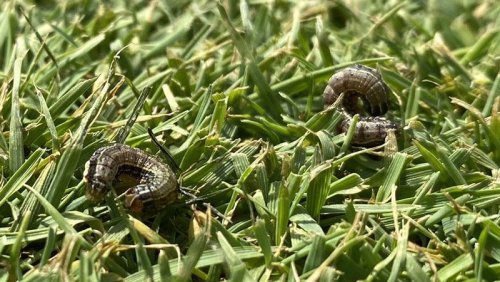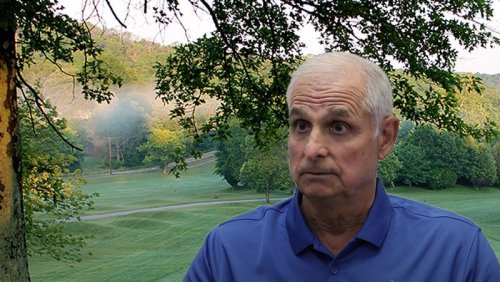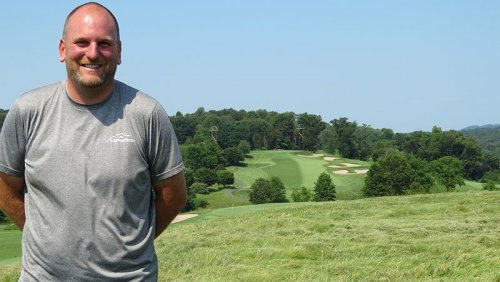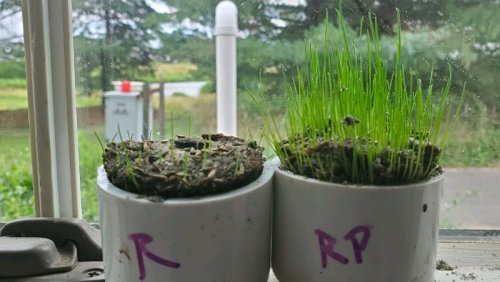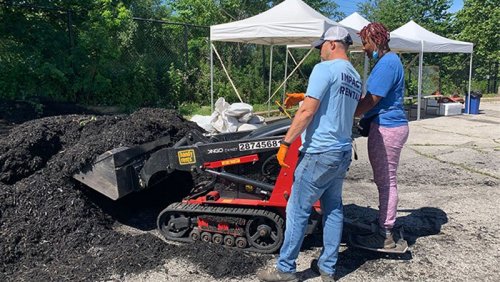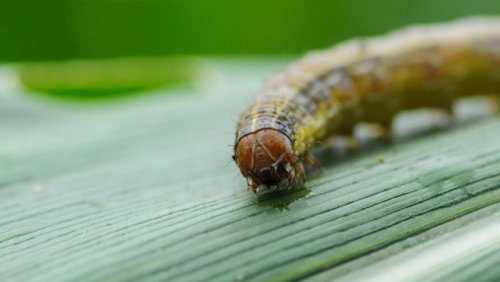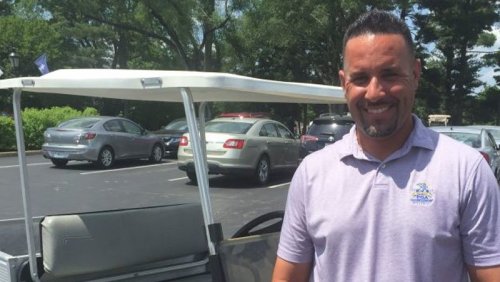
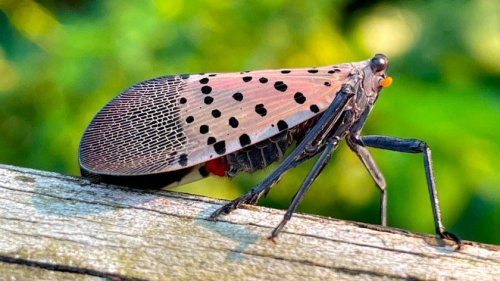
The USDA Animal and Plant Health Inspection Service, Plant Protection and Quarantine division is partnering with the U.S. Air Force to find ways to mitigate the spread of spotted lanternfly on military aircraft and other large container vessels. The Air Force picked the 436th Civil Engineer Squadron pest management section out of Dover Air Force Base in Delaware as the lead test hub for future Spotted Lanternfly mitigation practices.
Native to China, the spotted lanternfly was first detected in the United States in 2014 in Berks County, Pennsylvania. Like other invasive species, it is believed to have entered the country aboard shipping containers. Adult females lay egg masses on a variety of objects - boxes, crates, cars, anything it can land on - which allows it to spread throughout the world. Left unchecked, spotted lanternfly can cause damage to crops, ornamental trees, vineyards and forests. Its preferred host is the tree of heaven, itself an invasive species.
Three chemicals were tested, including 10 percent d-Phenothrin, Callington Aircraft Insecticide and Callington 1-Shot.
First detected in the U.S. in Berks County, Pennsylvania in 2014, the spotted lanternfly is now found in at least 10 states. Photo by Cornell University Three 1,200 cubic foot shipping containers were used to simulate an aircraft cargo area where six modified plastic food containers, each containing spotted lanternflies, were placed in each shipping container, then exposed to a specific insecticide prior to closing the door and left for 15 minutes. Mortality counts were taken at predetermined time intervals. According to the Air Force, the 1-Shot, a mixture of d-Phenothrin and Permethrin, was most effective.
Spotted lanternfly has been detected in Connecticut, Delaware, Indiana, Maryland, New Jersey, New York, Ohio, Pennsylvania, Virginia and West Virginia and is a threat to the following tree varieties besides tree of heaven: almond, apple, apricot, cherry, maple, nectarine, oak, peach, pine, plum, poplar, sycamore, walnut, willow and grapevines.
Here are some tips for helping mitigate the spread of the invasive spotted lanternfly.
> Check Your Vehicle: Before leaving a parking lot or work site, inspect vehicles for spotted lanternfly egg or insects. Check doors, sides, bumpers, wheel wells, grills, and roofs. If found, destroy any eggs or insects you find.
> Inspect Items Being Moved: Check shipping containers, propane tanks, pallets and other items being stored outdoors before they are moved off-site. Inspect incoming goods for egg masses and insects.
> Park with Windows Closed: The spotted lanternfly and its nymphs can enter vehicles unsuspectedly. When parked, make sure to keep windows closed. If possible, try to park 15 feet away from trees if in a quarantine zone.
> Remove and Destroy Pests: Crush nymphs and adult insects. Scrape egg masses into a plastic bag containing hand sanitizer or rubbing alcohol to kill them. Treatment information can be found through PennState Extension or your local cooperative extension service
> Remove Host Trees: Spotted lanternflies prefer the ailanthus tree, also known as “Tree of Heaven.” Try to remove trees from the business property to avoid attracting spotted lanternfly.
> Report Sightings: Report sightings to your state's agriculture extension service.
- Read more...
- 1,590 views

